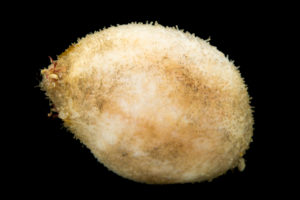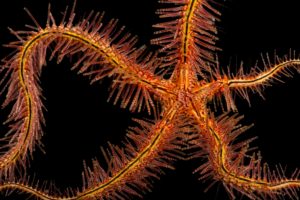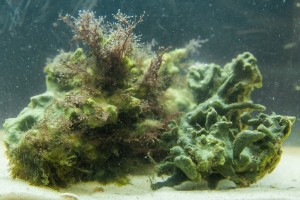Description
BIOLOGY
Keyhole sand dollars go through several phases of metamorphosis throughout their life cycle. After fertilization, the eggs develop into a swimming larvae. They drift through the water as plankton and feed on tiny organisms with its cilia. After four to six weeks, they metamorphosize into juvenile sand dollars and spent the rest of their lives on the ocean floor. Young keyhole sand dollars will even eat sand and store it in their gut to weigh themselves down (Sweeten, 2001).
REPRODUCTION
They breed annually from late spring to summer. They sexually reproduce through external fertilization by releasing millions of eggs and sperms into the water (Sweeten, 2001).
DIET
They are omnivorous and filter the sand for detritus and food particles with their tube feet (Sweeten, 2001).
HABITAT
Usually found in shallow waters with sandy bottoms. They are most commonly found in bay areas near inlets (Sweeten, 2001).
VIDEOS




